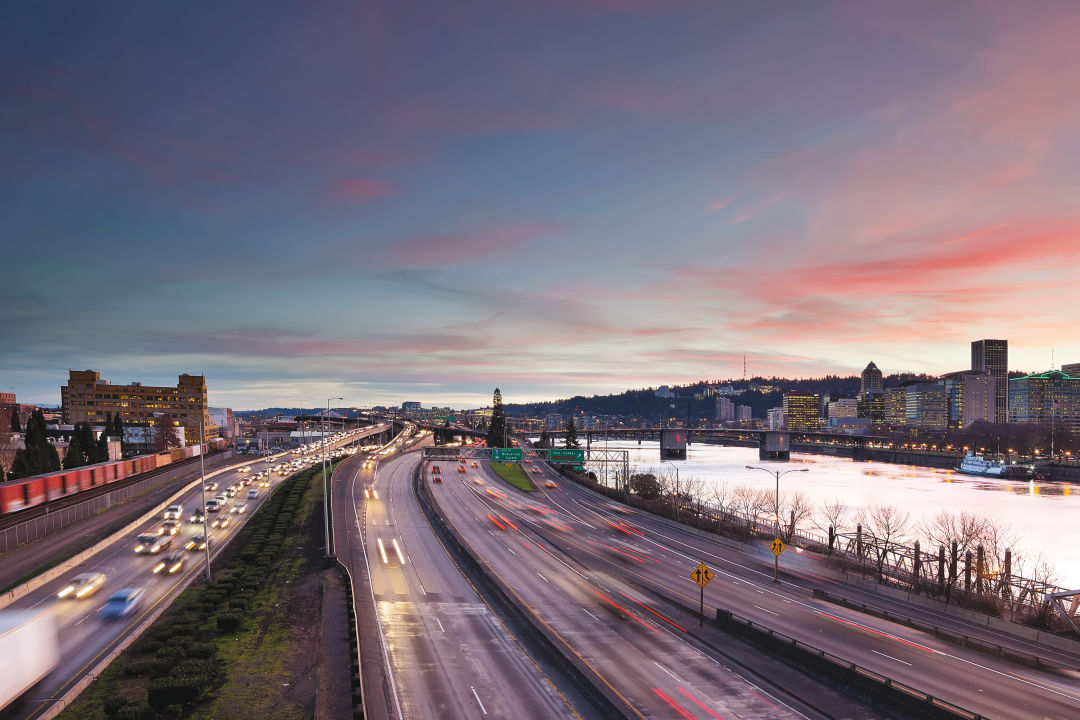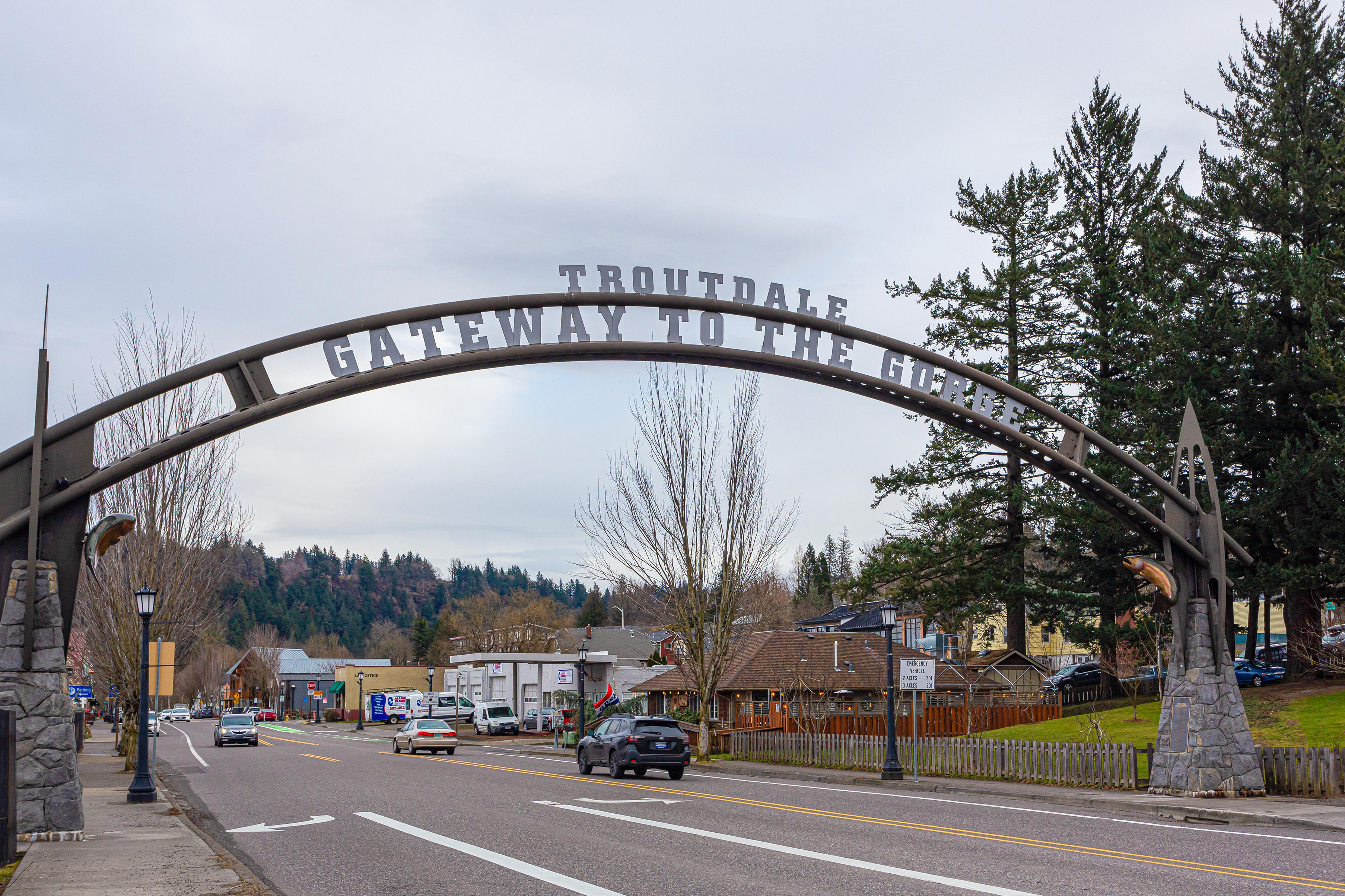Will We Have to Pay to Drive on I-5?

A stretch of I-5 across from downtown
Teleport yourself to 2025: It’s 8:45 a.m. on a Monday as you cruise along Interstate 5 at a brisk clip. Just as President Harris comes on the radio, the state of Oregon deducts $5 from your bank account. You’ve been silently tolled.
Is this the future? Maybe.
In December, the Oregon Department of Transportation submitted an application to the feds for a congestion pricing system on a seven-mile chunk of I-5 as it passes through Portland, and on a smaller stretch of I-205 centered on the Abernethy Bridge near Oregon City. According to one study, Portland has the 12th worst congestion of any American city—and the 40th worst in the world. Out of the six freeway corridors that pass through the Portland area, those two stretches have the least reliable travel times and lowest average speeds—at their busiest chokepoints, an average of more than 50,000 cars pass along those two concrete chutes in both directions every weekday. Assuming no change in traffic, a toll of $5 could theoretically pay for, say, the Rose Quarter improvement project (about $450 million in total) in 15 months.
Before you start panicking: any new tolling system would take at least five years to implement, and require studies on environmental impacts, traffic diversion, and impacts on disadvantaged populations. But what might “congestion pricing” look like?
In Seattle—a likely inspiration for Portland’s eventual system—locals with “Good To Go!” stickers are automatically charged via their online account. (Cameras scan the sticker on moving cars, obviating the need for old-fashioned booths.) Drivers without stickers find a bill in the mail the next week based on their plates.
“It is imperative that we do something to address the congestion on the freeways,” says ODOT’s Don Hamilton. “This provides additional revenue for infrastructure improvements. It also is a proven tool to ease congestion.
Seattle-area tolls change dramatically throughout the day—the price of driving in the SR 167 “High Occupancy Travel” lanes currently ranges from 50 cents to $9. Seattle’s I-405 Express Toll Lanes raised $74.9 million in 36 months, most of which went back into reducing congestion on the freeway.
But according to Noah Siegel, interim deputy director of Portland Bureau of Transportation, it’s also about changing behavior. Highway tolls might encourage drivers to ride the bus or bike—or simply wait a few hours to go shopping downtown when tolls are lower.
“That is really the secret of doing this,” says Portland economist Joe Cortright. “[Congestion pricing] manages the roadway more effectively.”




